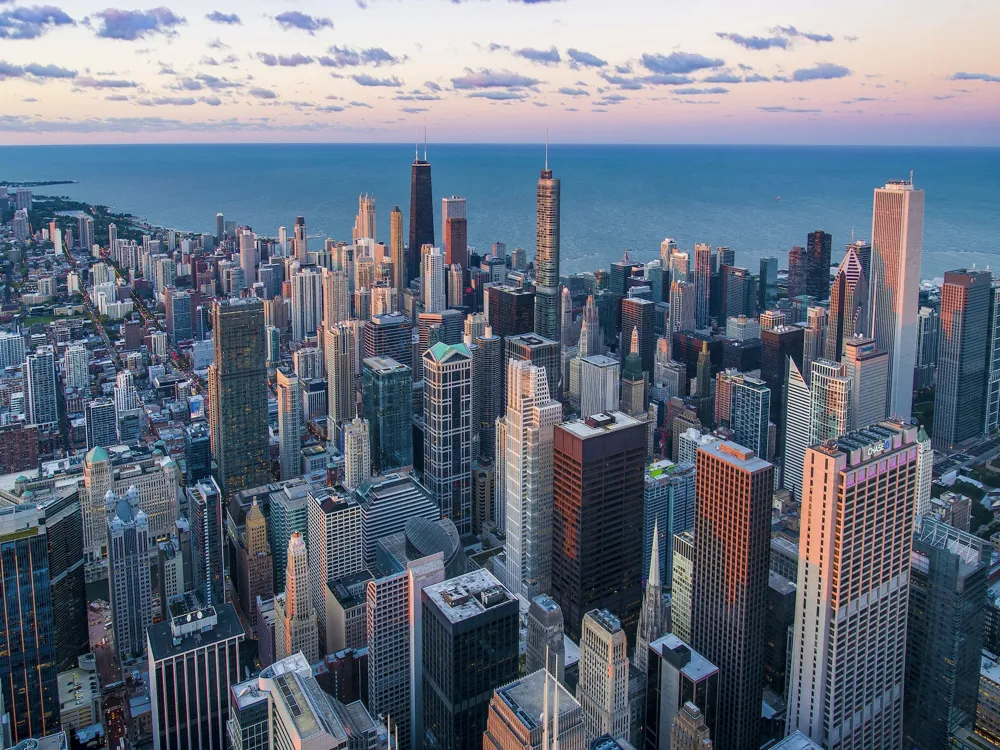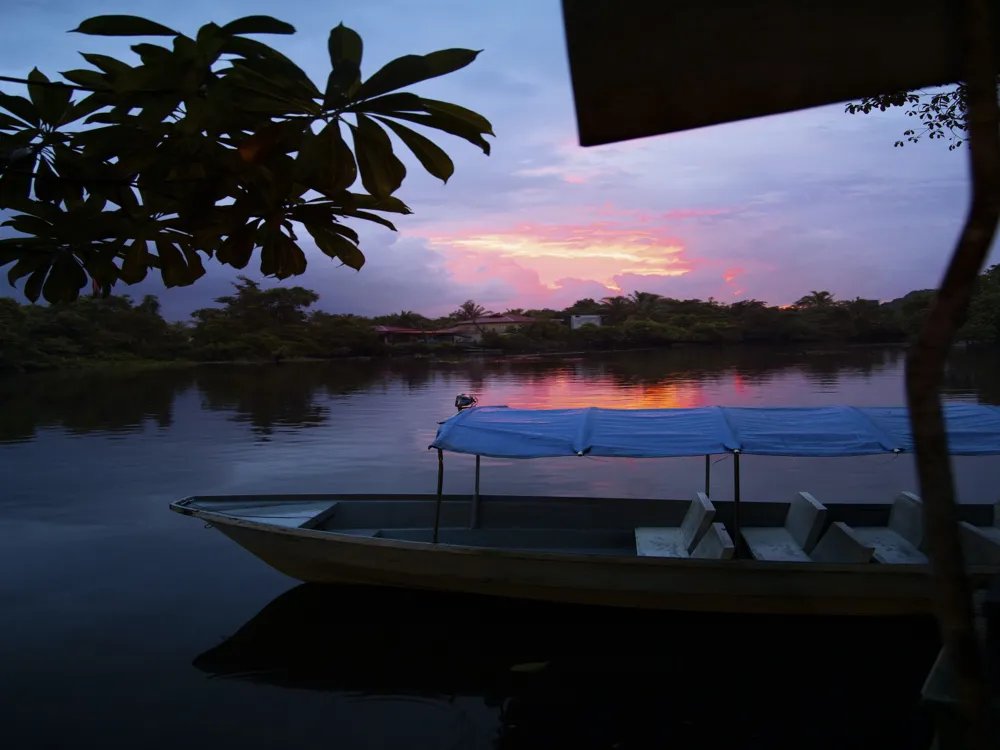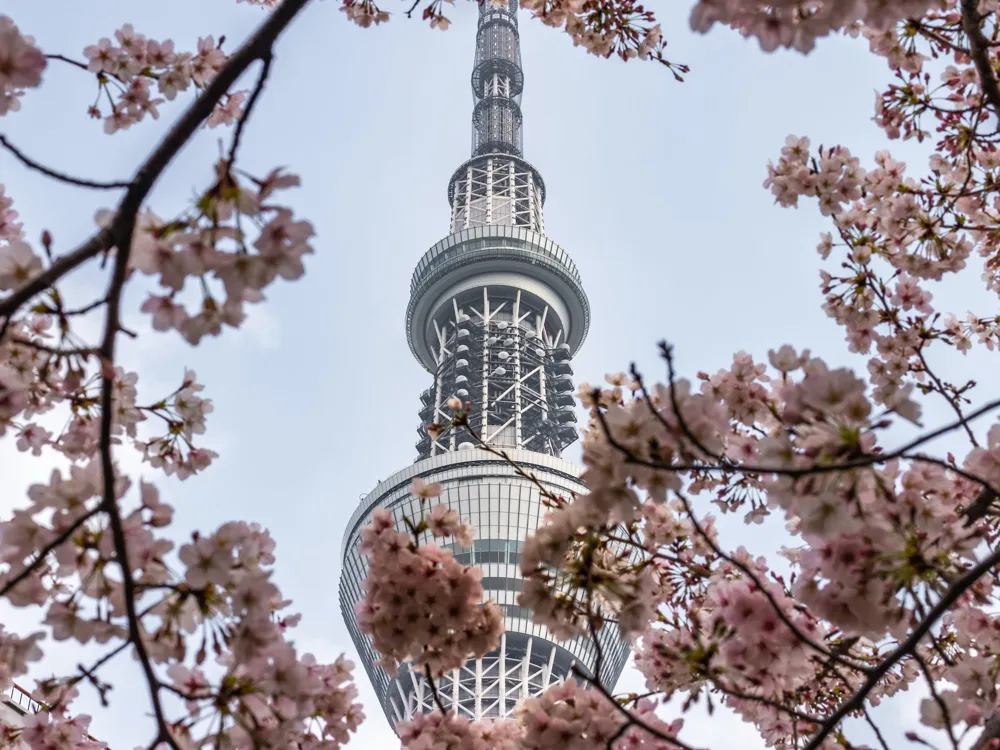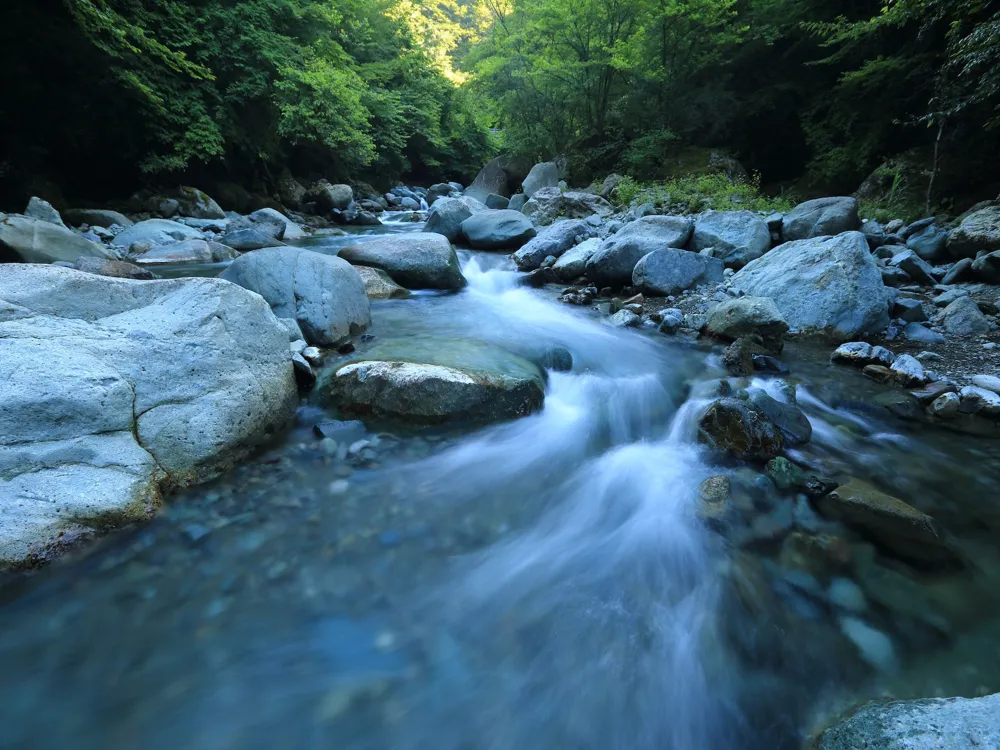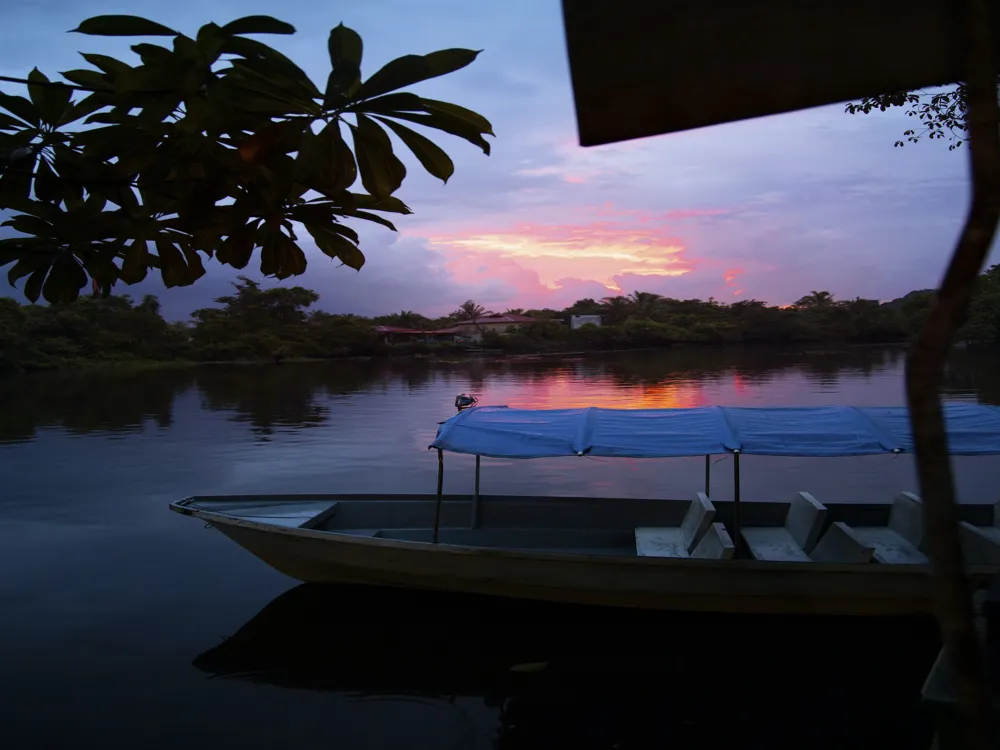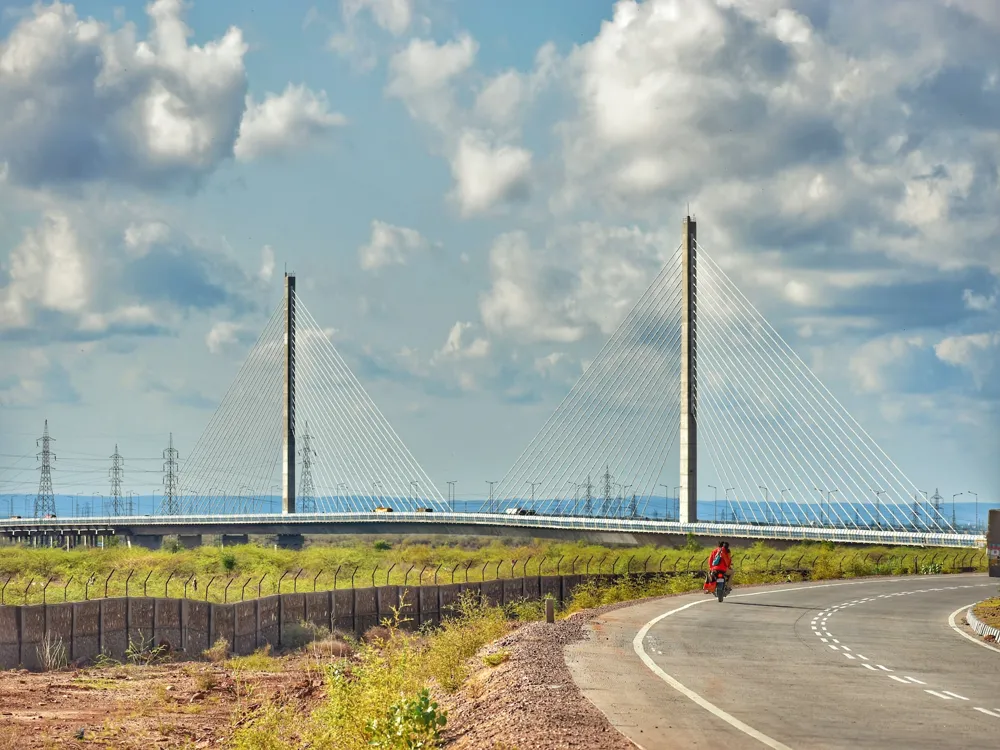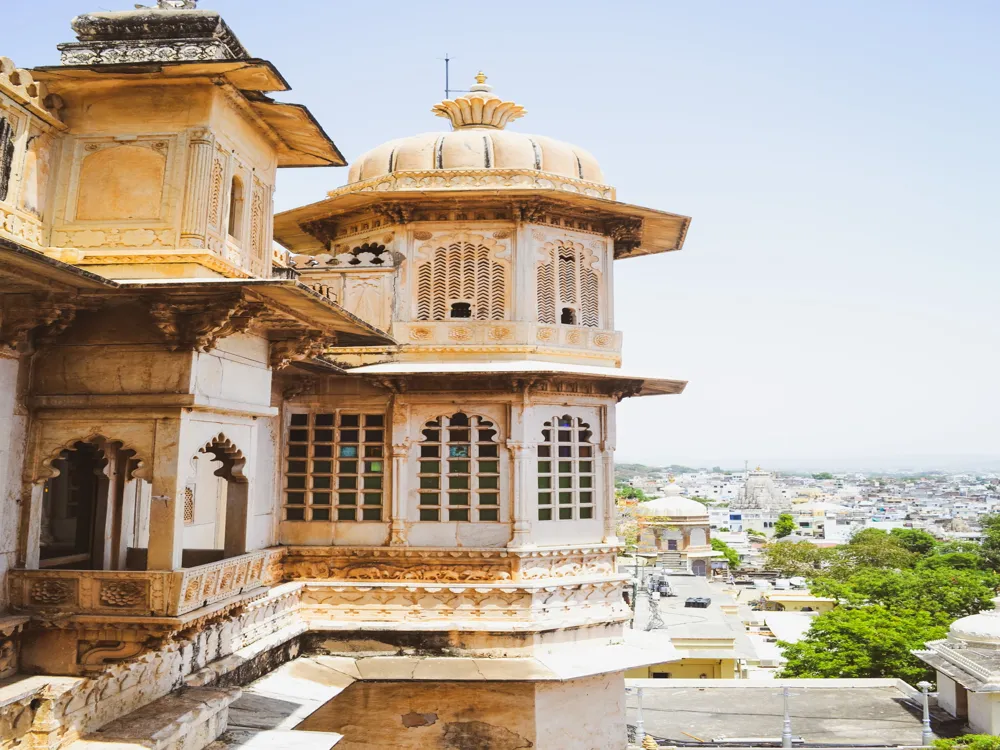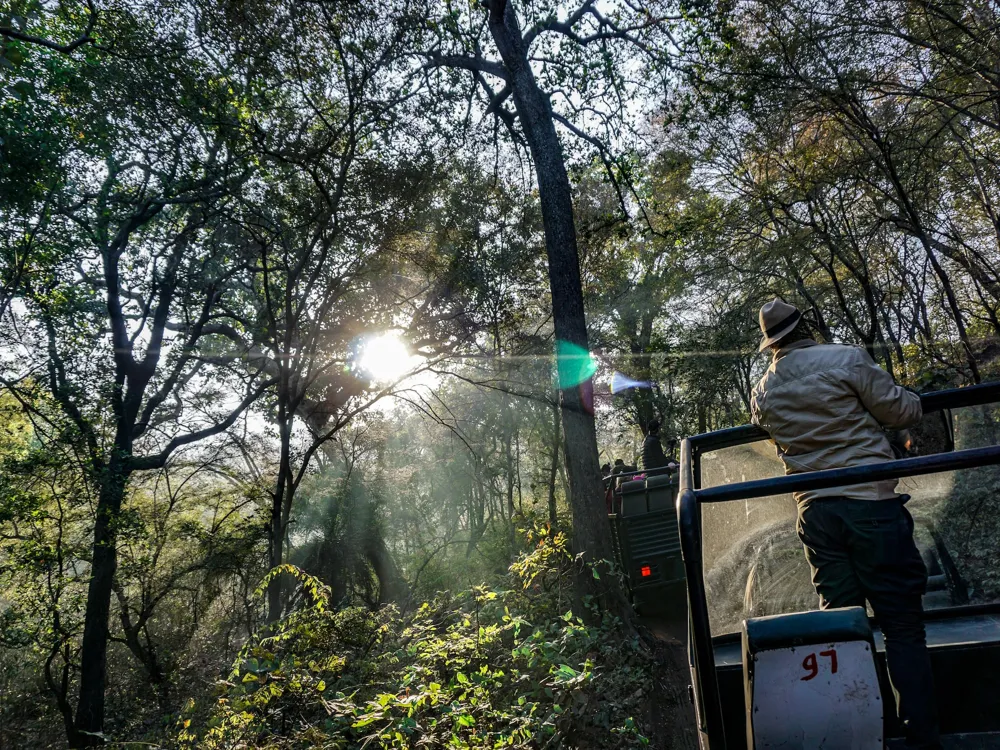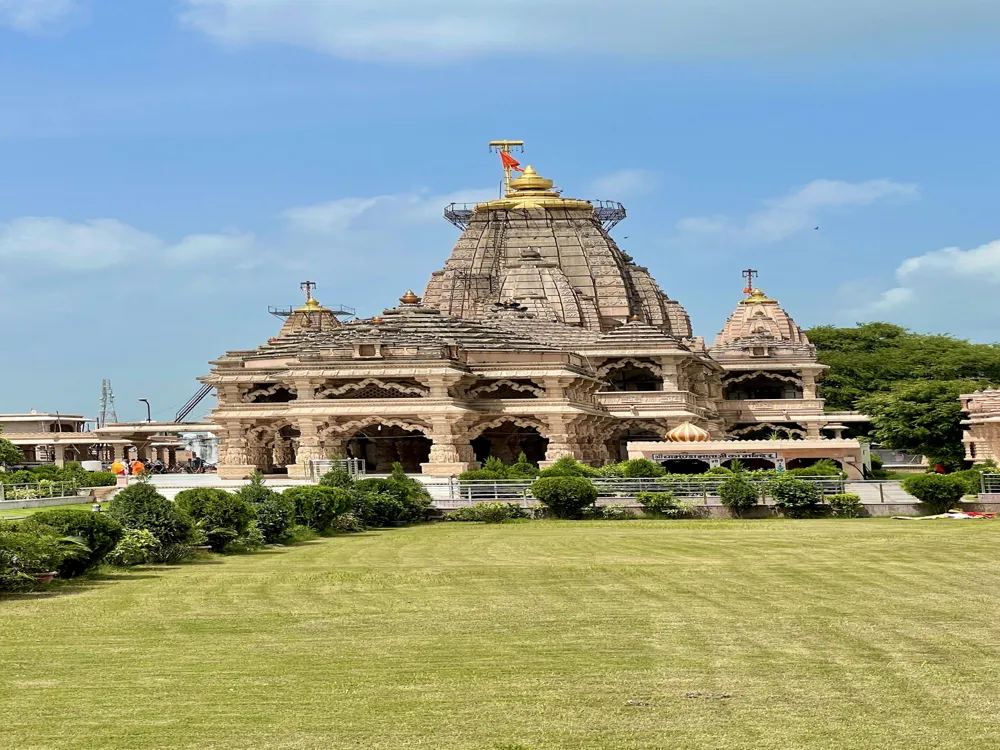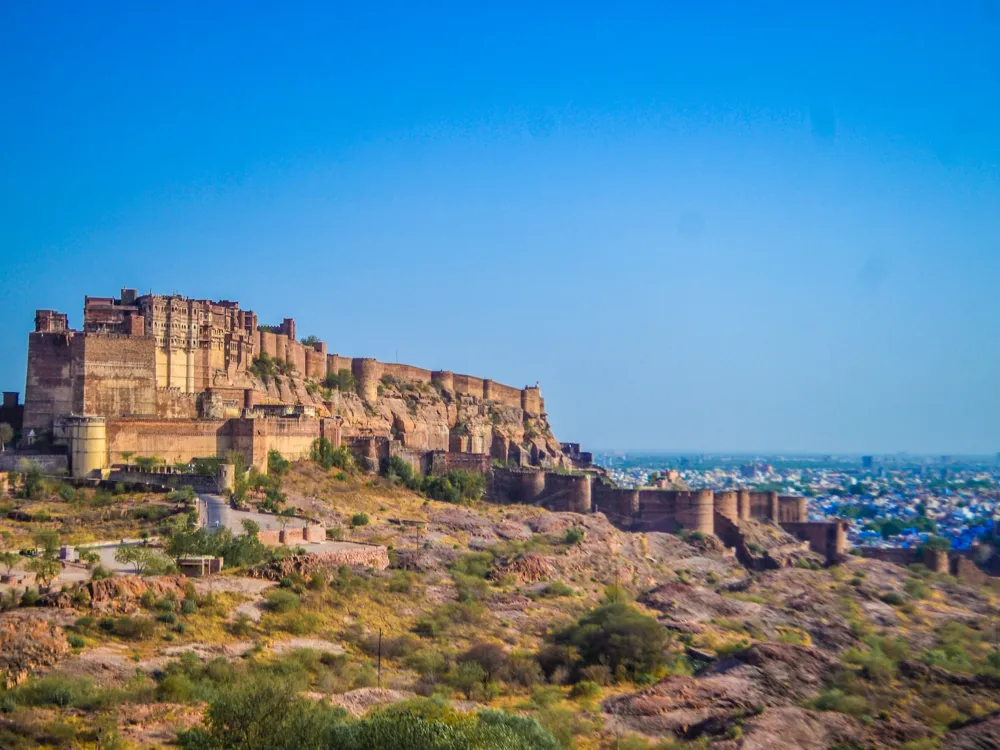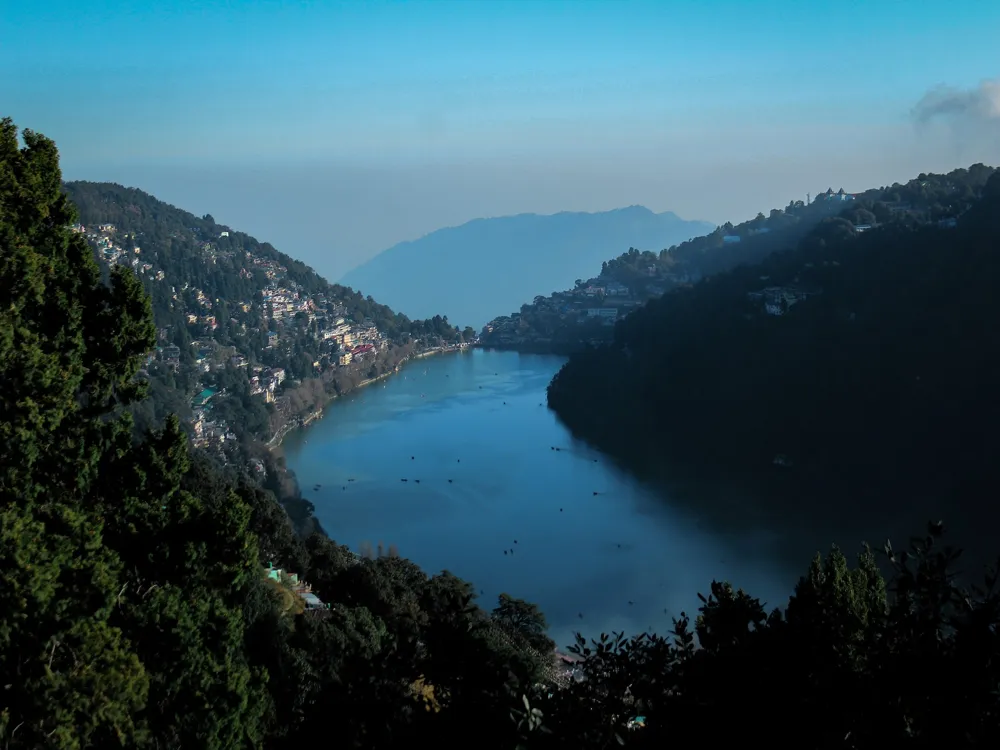Mount Kinabalu, a majestic peak in the heart of Sabah, Malaysia, stands as a beacon of natural beauty and geological significance. This awe-inspiring mountain is not only a symbol of Kota Kinabalu but also a pride of Sabah and Malaysia. It rises to an impressive height of 4,095 meters (13,435 ft), making it the highest mountain in Malaysia and the 20th most prominent mountain in the world. The mountain's grandeur attracts thousands of tourists and climbers from all corners of the globe, each year, seeking to experience its unique biodiversity and challenging trails. The mountain's rich flora and fauna are recognized globally, contributing to its listing as a UNESCO World Heritage Site. This biodiversity hotspot is home to a myriad of species, many of which are endemic to the Kinabalu region. The lower slopes of the mountain are draped in lush tropical lowland rainforests, which gradually transition into montane and alpine vegetation types with increasing altitude. This natural tapestry hosts an array of wildlife including the famous Rafflesia, the world's largest flower, and the endangered Orangutan. Culturally, Mount Kinabalu holds a sacred place in the hearts of the local Kadazan-Dusun people. It is revered as the resting place of the spirits of their ancestors. The mountain is not just a physical entity but a symbol of the spiritual connection between nature and the indigenous people. This adds an enriching cultural dimension to the experience of visiting Mount Kinabalu. The formation of Mount Kinabalu is a tale of geological evolution spanning millions of years. The mountain is predominantly formed from granite, an igneous rock that solidified deep within the Earth's crust. Geologists believe that the massif was thrust upwards due to the collision of tectonic plates, a process that began about 10 million years ago. This monumental uplift, coupled with erosion and weathering, has shaped the mountain into its current form. One of the most distinctive features of Mount Kinabalu's geology is the presence of various unique rock formations and jagged peaks. The most notable among them is Low's Peak, the summit of Mount Kinabalu, which offers climbers breathtaking views of the surrounding landscape. The mountain's terrain includes deep gorges, precipitous cliffs, and granite slabs, presenting a dramatic and rugged landscape that is both challenging and awe-inspiring for trekkers. Mount Kinabalu's ecological diversity is nothing short of remarkable. The mountain's elevation gradient creates a variety of habitats, from the rich dipterocarp forests at the base to the alpine meadows at the higher elevations. This variation in habitats supports an incredible diversity of plant and animal species. Botanists have recorded over 5,000 to 6,000 plant species in the Kinabalu Park area, making it one of the most important biological sites in the world. The mountain is particularly noted for its orchids and carnivorous pitcher plants. Over 800 species of orchids can be found here, some of which are endemic to Mount Kinabalu. The Nepenthes rajah, the largest pitcher plant species in the world, is a highlight for many nature enthusiasts visiting the area. Climbing Mount Kinabalu is a sought-after adventure for many hikers and mountaineers. The journey to the summit is not only a physical challenge but also an opportunity to witness the mountain's diverse ecosystems up close. The most popular route to the summit is the Timpohon Trail, which starts at the Kinabalu Park headquarters. Climbers usually take two days to complete the climb, with an overnight stay at one of the mountain huts. The final ascent to the summit begins in the early hours of the morning, allowing climbers to reach the peak in time to witness the spectacular sunrise. The 'architecture' of Mount Kinabalu refers to its natural structure and the man-made elements designed to complement it. The mountain's natural architecture is defined by its rugged terrain, towering peaks, and diverse ecosystems. Its geological structure is a result of millions of years of tectonic movements, erosion, and volcanic activity, creating a landscape that is both striking and unique. Man-made architecture comes into play in the form of the various facilities and structures built to facilitate tourism and research. These include the Kinabalu Park Headquarters, mountain huts, and the Timpohon Gate, which marks the start of the main trail to the summit. These structures have been designed with a focus on sustainability and minimal environmental impact, in line with the conservation efforts of the park. Mount Kinabalu boasts a network of well-maintained trails and pathways, each offering a different perspective of the mountain's diverse landscapes. The most popular route, the Timpohon Trail, is a well-trodden path that takes climbers through a variety of ecological zones. There is also the Mesilau Trail, a longer and more challenging route that offers a more solitary trekking experience. Both trails converge at Laban Rata, where climbers rest before their summit push. The mountain's pathways are designed to blend with the natural environment, often using local materials. They provide safe and accessible routes for climbers of varying skill levels, while minimizing the impact on the fragile ecosystems of the mountain. Conservation and sustainability are at the forefront of the management of Mount Kinabalu. Efforts are continuously made to preserve the mountain's natural beauty and biodiversity. These include regulating the number of climbers, implementing waste management systems, and conducting scientific research to monitor and protect the flora and fauna. Educational programs are also conducted to raise awareness about the importance of conservation among visitors and local communities. The architectural elements of Mount Kinabalu, from the visitor centers to the mountain huts, are designed to be eco-friendly. Renewable energy sources, like solar panels, are used in some of the facilities. Water conservation practices and the use of sustainable materials further underscore the commitment to maintaining the mountain's natural integrity. Mount Kinabalu is not just a climbing destination; it is also a center for scientific research and environmental education. The Kinabalu Park Headquarters houses research facilities and a natural history museum. These facilities provide valuable insights into the mountain's ecology and geology, supporting ongoing scientific studies and conservation efforts. Educational programs and guided tours offer visitors the opportunity to learn about the mountain's biodiversity and the importance of preserving such unique ecosystems. Before embarking on a trip to Mount Kinabalu, thorough preparation is crucial. Ensure you are physically fit as the climb can be strenuous. Book your climb and accommodation well in advance, especially during peak season. Familiarize yourself with the climbing route and weather conditions. Pack appropriately for varying temperatures and bring along rain gear, as the weather can be unpredictable. Altitude sickness is a risk on Mount Kinabalu. Acclimatize properly and stay hydrated. Follow the marked trails and respect safety signs. It's advisable to climb with a guide who knows the mountain well. In case of emergency, know the locations of ranger stations and have a means of communication. Mount Kinabalu is a UNESCO World Heritage Site. Treat the environment with respect by not littering and staying on designated trails. Avoid disturbing wildlife and do not remove any plants or rocks. Remember, you are a guest in a delicate ecosystem. Be mindful of the cultural significance of Mount Kinabalu to the local communities. Respect local customs and traditions. If you're visiting villages or interacting with locals, be courteous and ask permission before taking photographs. Mount Kinabalu is accessible via Kota Kinabalu, the capital city of Sabah. The nearest airport is the Kota Kinabalu International Airport. From the city, the mountain is about a 2-hour drive. Public transport, taxis, and tour operators offer transportation options to Kinabalu Park. To reach Mount Kinabalu, most visitors fly into Kota Kinabalu International Airport, which is well-connected to major cities in Asia. From the airport, you can take a taxi, bus, or arrange a private transfer to Kinabalu Park. The journey typically takes about 2 hours. It's advisable to book transportation in advance, especially during peak travel seasons. For those seeking a more adventurous route, driving to Kinabalu Park offers the opportunity to enjoy the scenic beauty of Sabah. The roads are well-maintained, and car rental services are available in Kota Kinabalu. Along the way, you can stop at local markets and viewpoints to experience the local culture and landscape. Read More:Overview of Mount Kinabalu, Kota Kinabalu, Sabah
Geology and Formation of Mount Kinabalu
Ecological Significance of Mount Kinabalu
Climbing Mount Kinabalu
Architecture of Mount Kinabalu
Trails and Pathways
Conservation and Sustainability
Research and Education Facilities
Tips When Visiting Mount Kinabalu
Preparation and Planning
Health and Safety
Respect for Nature
Cultural Sensitivity
Getting to Mount Kinabalu
How To Reach Mount Kinabalu
Mount Kinabalu
Kota Kinabalu
Sabah
NaN onwards
View kota-kinabalu Packages
Weather :
Label : Must Visit
Tags : Hills & Valleys
:
Planning a Trip? Ask Your Question
Kota-kinabalu Travel Packages
View All Packages For Kota-kinabalu
Top Hotel Collections for Kota-kinabalu

Private Pool

Luxury Hotels

5-Star Hotels

Pet Friendly
Top Hotels Near Kota-kinabalu
Other Top Ranking Places In Kota-kinabalu
View All Places To Visit In kota-kinabalu
View kota-kinabalu Packages
Weather :
Label : Must Visit
Tags : Hills & Valleys
:
Planning a Trip? Ask Your Question
Kota-kinabalu Travel Packages
View All Packages For Kota-kinabalu
Top Hotel Collections for Kota-kinabalu

Private Pool

Luxury Hotels

5-Star Hotels

Pet Friendly







